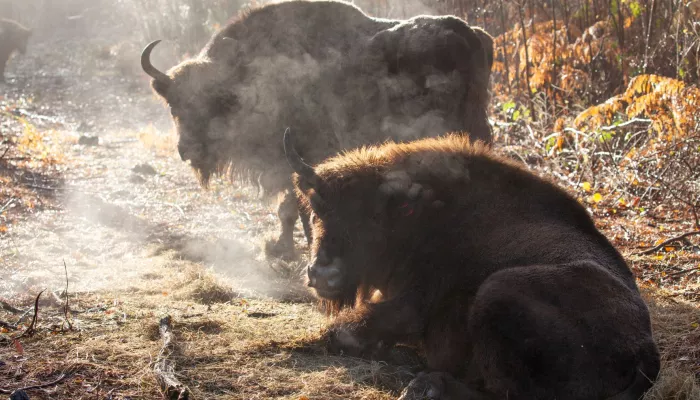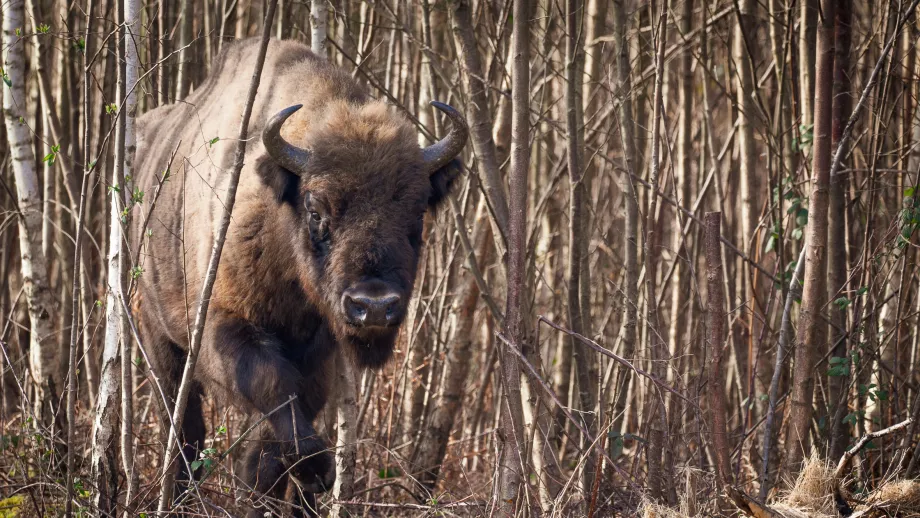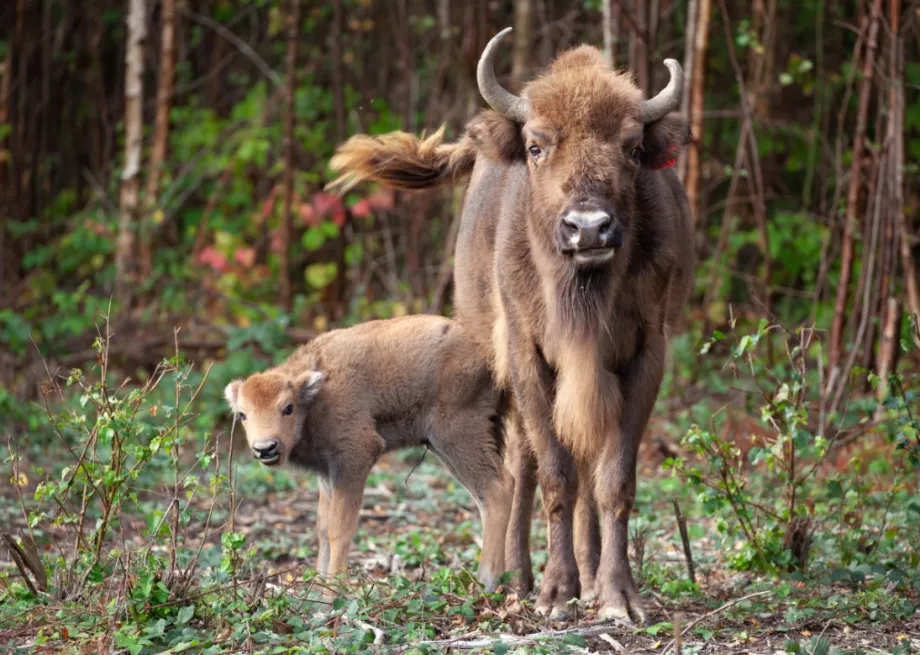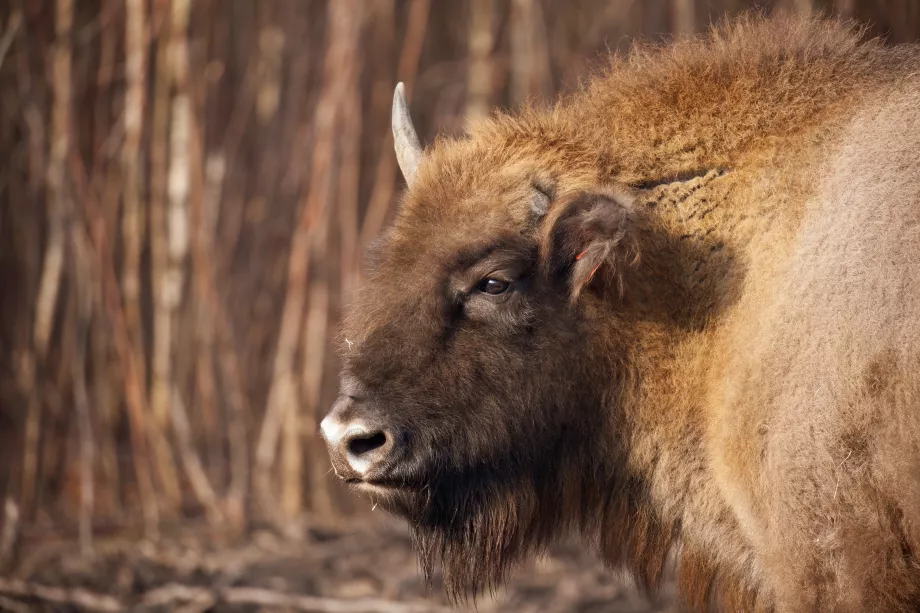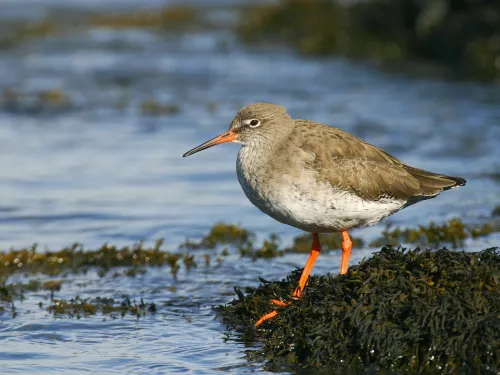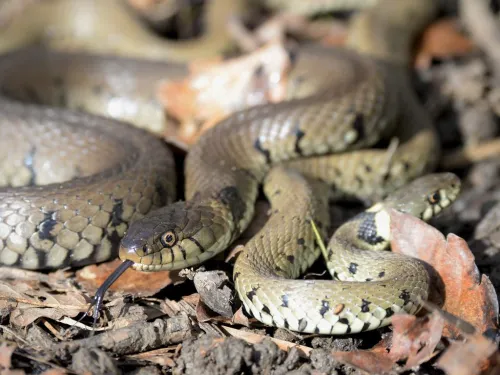
Mistletoe magic: Facts you might not know about this festive icon!
Did you know, mistletoe is a hemiparasitic plant - meaning they attach to their host using a structure called the haustorium. They're fascinating plants with a rich cultural history. Learn more in this blog.

